Paragliding Course Syllabus
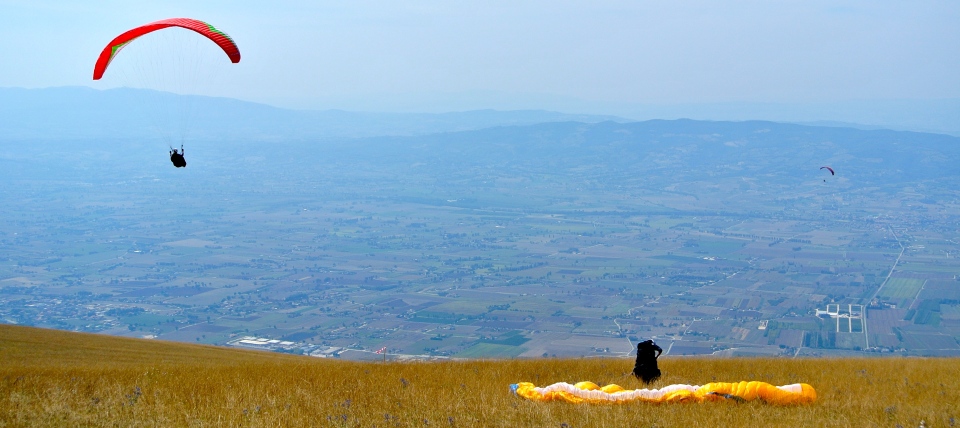
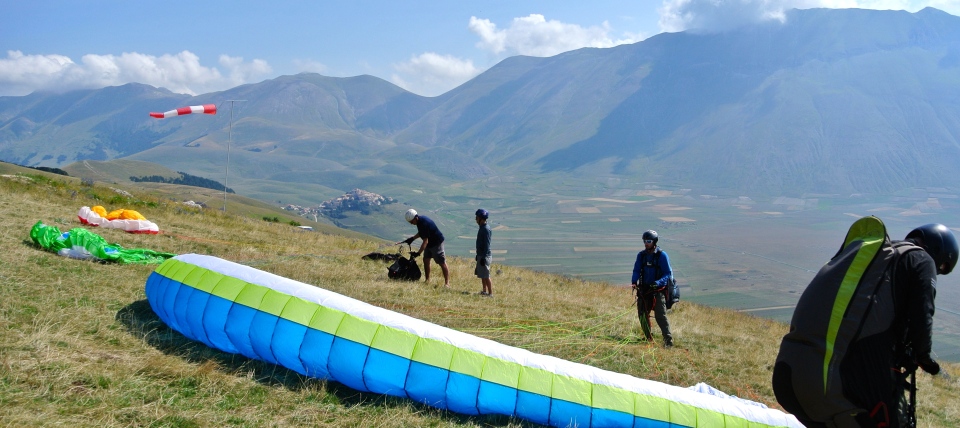
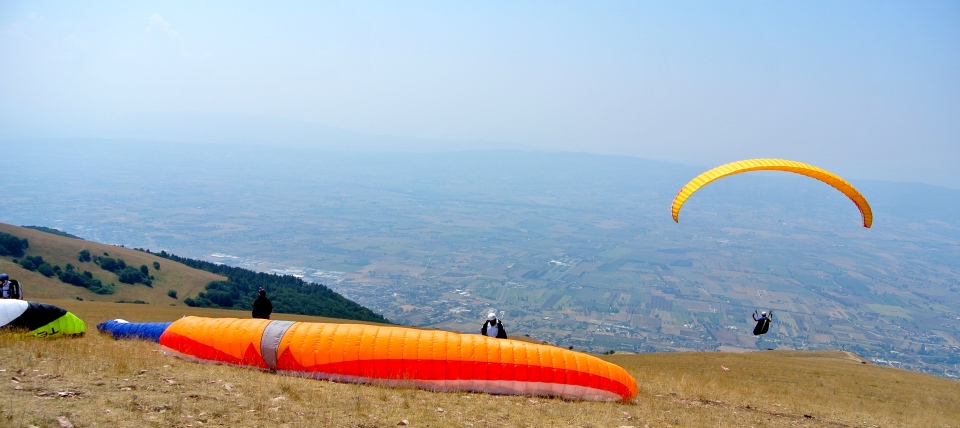
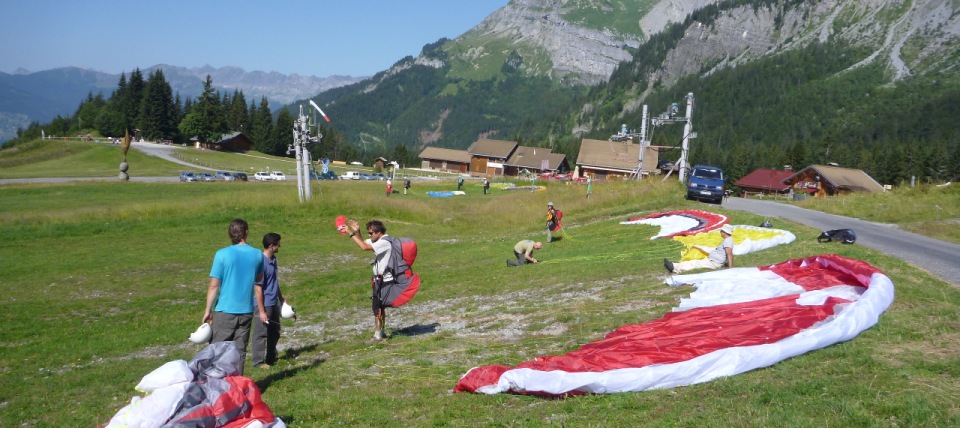
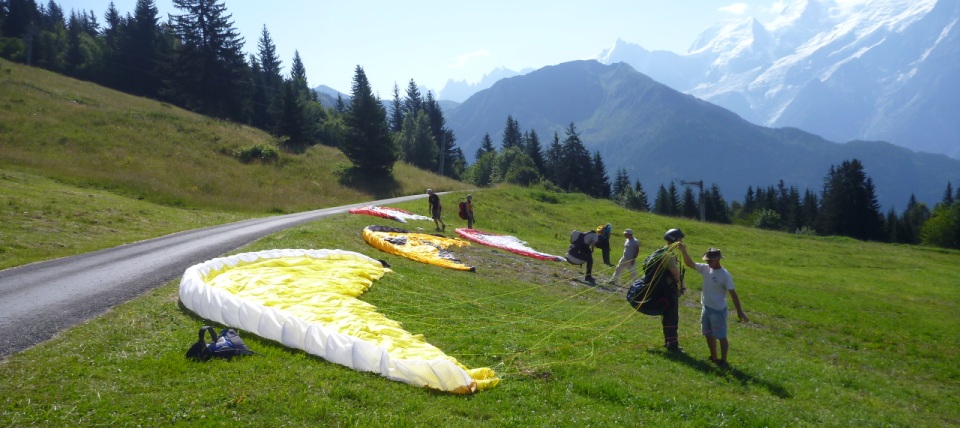
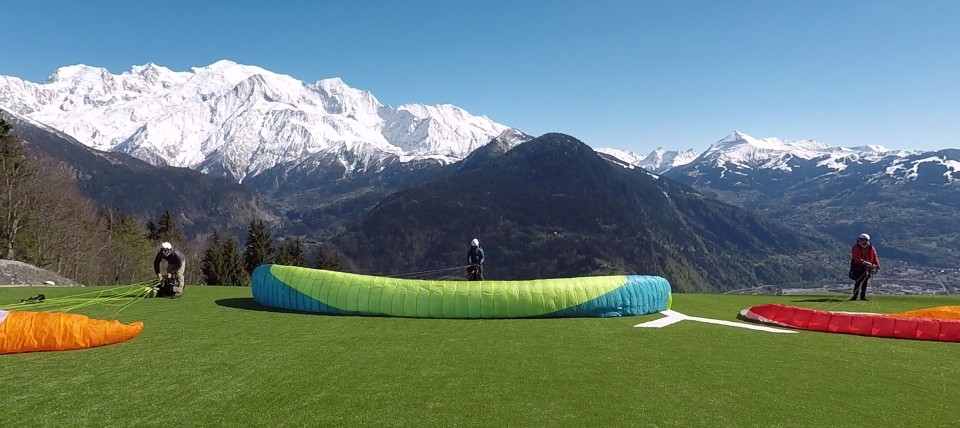
EPC and CPC course syllabus with One-to-One tuition!
Enrolling on a one-to-one beginners course is an excellent way of learning to paraglide quickly and safely. Dennis and Gillian work with you on a personal level helping you to complete the EPC and CPC training in around 9 days.
The training is intensive but rewarding and
learning to fly in this manner is popular, and although the costs initially
seem a little higher compared with group courses, but you will find the overall outlay is
pretty much the same. Plus, a lot more detailed training is included, over and above the normal BHPA
training syllabus!

Our beginners one-to-one training syllabus covers the complete BHPA - EPC and CPC license structures with the added bonus of mountain thermal flying and more in the latter part of the CPC course. see below for the details..
More can be learnt in a single concentrated course than in a number of individual courses. One-to-one and the personal attention to your training, safety and enjoyment is tireless making this ultimately the best way to learn.
If both the EPC and CPC courses are booked back to back we merge the two syllabus's into one, adding more tasks making the whole experience more interesting!
One-to-one is a personal and effective way for the new pilot to gain confidence with airmanship and piloting skills. Our integrated courses can be intensive and our objective is to produce pilots with skills, rather than someone with just a qualification!
Ideally reading 'Touching Cloud Base' and watching the DvD 'Learn to Fly' beforehand and during the training will really enhance your learning!
Our one-to-one CPC course has an added bonus and includes some of our Mountain Thermalling syllabus!
Here is the combined EPC and CPC course outline!
Day 1. Starts with hill training, where you will be learning glider layout, inflation and launching. As you quickly progress you will be making short training hill flights by early afternoon.
Honest Warning- The first two days can be strenuous, you need to fit. it's not for the overweight or unfit!
Day 2. Starts with a little hill training revision and then if all goes well you will be making your own solo flights later on. Two or three big solo flights are generally made this day. The big flight constitutes to a 750m (2400') top to bottom flight of at least ten minutes. All in-flight instruction is made by radio contact.
Today's Objective: getting to know your glider with 90, 180 and 360 turns..
Afternoons will be spent at one of our landing areas down in the valley perfecting your reverse launch kiting technique. This doesn't come quickly as there's much to learn and we keep on at this very important part of your training until it's perfected. It is one of the most important aspects of glider control!
Day 3. Today launch techniques are reinforced: the syllabus includes your own flight plans and landing approaches with emphasis of you making your own solo landings: Using the speed/accelorator bar and up to date steering techniques are introduced and practiced. Dennis or Gillian are always on hand with the radio when help is required.
Today's Objective: making at least 3 big flights whilst becoming comfortable with the handling of the glider!
Day 4/5. More of the same today: perfecting your own important flight plans, launches and landings.
Today, flight instruments will be introduced.
Days 6. Advanced glider control is introduced, and if not already covered will include some pitch and roll control, efficient turning, 360's hill soaring, basic thermalling, active flying and rapid descent techniques.
Today is full-on and personal flying techniques are consolidating!
Days 7/8/9. We concentrate on thermalling and soaring, with the view of climbing and staying up longer in more varied flying conditions.
During the training period some days will start with some classroom work. But at the beginning of each day there will be briefings at the flying site(s) for the tasks of the day ahead. Debriefing after every flight and at the end of the day are mandatory.
To reach the BHPA-CPC qualification there are 3 exam papers to cover. We use the none training/flying periods, early mornings or evenings to cover the necessary classroom training.
The learning curve in paragliding training is continuous and often quite steep, and by day 8 you should reach a stage where you would be reasonably confident to free fly. Of course you may book more training days and most clients go for 9-10 days giving them time to gain more confidence! The more time booked with us the more we can achieve.
The BHPA - EPC syllabus comparisons!
The standard BHPA - EPC course requirements are basic ground handling skills, a number of low level flights that include 90° turns in either direction, completing simple flight plans and landings.
Alpine Flying Centre syllabus includes all of the above but with alpine and reverse launch techniques, high flights each of 10 minutes or more, 90°, 180°, 360° turns, two different landing approaches, the Constant Aspect Approach (down wind base-leg) and Fig 8 approach/landing and positional landings. Also by the third day the accelerator system and special steering techniques are introduced.
Pilots finish the EPC course with the ability to launch in a reasonable manor, fly their own simple flight plans and understand complex landing approaches. Plus around 2 hours of solo airtime made up of flights of at least 10 minutes each flight!
The BHPA - CPC syllabus comparisons!
The BHPA - CPC course includes, 180° turns, hill soaring, top landings, cross wind landings, forward and reverse launch techniques, pitch and weight shift steering techniques, basic descent techniques, active flying and asymmetric tucks!
Alpine Flying Centre syllabus includes all of the above plus, 360° turns, mountain thermalling, rapid descent techniques including Big Ears with and without accelerator system, fast but controlled 360° descents, soaring and thermalling flights of up to 1 hour and sometimes more. Our CPC clients often finish their course with 4-6 hours of airtime in mixed and varied flying conditions.
Also, variometer instruments are introduced during latter part of this course, allowing the new pilot to evaluate the rising and sinking air associated with soaring and thermalling conditions.
TRAINING ASSISTANCE!
Flying paragliders is more of a career in soaring and thermalling, we never stop learning, that's why it's such a fantastic sport and becoming competent within oneself sometimes takes a little longer!
To help understand what's involved in the training we definitely advise the new student reads 'Touching Cloudbase' and/or looks at the excellent DVD 'Learn to Fly' before they visit us for their training. The knowledge gained will be invaluable! We have them in stock!
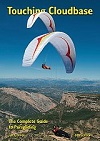 Touching Cloudbase' by Ian Currer is an now on-line video/lecture format. For a £50.00 registration fee you buy 2 years of very well presented video lectures and films, all about learning to paraglide.
Check our the details here: Touchingcloudbase
If you decide to take this excellent program you need to register a school when adding your details. We are the 'Alpine Flying Centre'.
Touching Cloudbase' by Ian Currer is an now on-line video/lecture format. For a £50.00 registration fee you buy 2 years of very well presented video lectures and films, all about learning to paraglide.
Check our the details here: Touchingcloudbase
If you decide to take this excellent program you need to register a school when adding your details. We are the 'Alpine Flying Centre'.
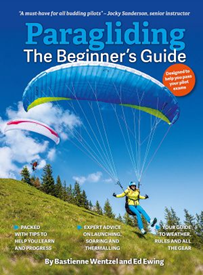
We have recently received this new book 'Paragliding Beginners Guide' and having read it cover to cover I can highly recommend it not only for the new beginner pilot but also for anyone who flies a paraglider. It's a jolly good read, it's educational, it has been carefully written and covers pretty much all aspects of our sport.
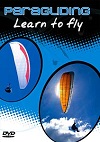 For those who prefer watching a DVD. Here is the Learn to Fly paragliding
film. This DVD is perfect for all new pilots with 3D animation bringing to
life many of the hard to visualise concepts which are so important for us to
understand. Details on airflows around hills and mountains, turbulence and
convergence, dynamics and thermal lift plus aerodynamics of lift and drag,
speeds to fly and so on! This excellent DVD is just 39.95 Euros plus
postage!
For those who prefer watching a DVD. Here is the Learn to Fly paragliding
film. This DVD is perfect for all new pilots with 3D animation bringing to
life many of the hard to visualise concepts which are so important for us to
understand. Details on airflows around hills and mountains, turbulence and
convergence, dynamics and thermal lift plus aerodynamics of lift and drag,
speeds to fly and so on! This excellent DVD is just 39.95 Euros plus
postage!
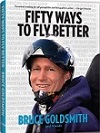 Here is some great reading from BRUCE GOLDSMITH, World Champion pilot and
one of the World's most experienced glider designers.
Fifty Ways to Fly Better is essential for all pilots who want to reach their potential.
It is packed with the latest techniques from Bruce Goldsmith and some valuable tips from the world’s
best pilots and instructors. 35 Euros plus postage.
Here is some great reading from BRUCE GOLDSMITH, World Champion pilot and
one of the World's most experienced glider designers.
Fifty Ways to Fly Better is essential for all pilots who want to reach their potential.
It is packed with the latest techniques from Bruce Goldsmith and some valuable tips from the world’s
best pilots and instructors. 35 Euros plus postage.
Contact us - Office: +33450545963 Mobile: +33 610634558 email: alpineflyingcentre

